Cost-Effectiveness
Cost considerations are emerging as a significant driver for the Artificial Turf Market. The initial investment in artificial turf may be higher than that of natural grass; however, the long-term savings in maintenance, water usage, and labor costs make it an attractive option for many consumers. Studies indicate that artificial turf can reduce maintenance costs by up to 70 percent over its lifespan. This financial advantage is particularly appealing to schools, municipalities, and sports organizations that operate under budget constraints. As awareness of these cost benefits spreads, it is likely that more entities will opt for artificial turf, thereby stimulating market growth.
Urbanization Trends
The ongoing trend of urbanization is influencing the Artificial Turf Market significantly. As urban areas expand, the demand for recreational spaces increases, often leading to the need for low-maintenance landscaping solutions. Artificial turf provides an attractive option for urban planners and developers, as it requires less upkeep compared to natural grass. In densely populated areas, where space is at a premium, artificial turf can be installed in parks, playgrounds, and sports facilities, thereby enhancing the quality of urban life. This trend is expected to continue, with projections indicating that urban populations will rise, further driving the demand for artificial turf.
Sports Industry Growth
The burgeoning sports industry is a crucial driver for the Artificial Turf Market. With the increasing popularity of sports such as soccer, football, and field hockey, there is a growing need for high-quality playing surfaces. Artificial turf offers a consistent playing experience, which is essential for professional and amateur sports alike. Recent statistics suggest that the sports turf segment is expected to witness substantial growth, with an estimated market value reaching several billion dollars by 2026. This growth is fueled by the construction of new sports facilities and the renovation of existing ones, where artificial turf is often the preferred choice due to its durability and performance.
Technological Innovations
Technological advancements in the production and design of artificial turf are likely to drive the Artificial Turf Market forward. Innovations such as improved fiber technology and enhanced drainage systems contribute to the durability and performance of artificial turf. Recent developments have led to the creation of turf that mimics the look and feel of natural grass more closely than ever before. Furthermore, the introduction of infill materials that are safer and more environmentally friendly has expanded the application of artificial turf in various settings, including residential lawns and playgrounds. As these technologies evolve, they may attract a broader customer base, thus fostering market expansion.
Sustainability Initiatives
The increasing emphasis on sustainability appears to be a pivotal driver for the Artificial Turf Market. As environmental concerns gain traction, many municipalities and organizations are opting for artificial turf as a water-saving alternative to natural grass. This shift is particularly evident in regions facing water scarcity, where the installation of artificial turf can lead to significant reductions in water usage. According to recent data, artificial turf can save up to 50 million gallons of water per year for a single sports field. This trend not only aligns with global sustainability goals but also enhances the appeal of artificial turf for eco-conscious consumers and organizations, thereby propelling market growth.


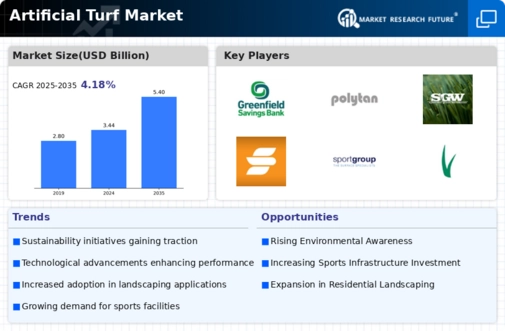
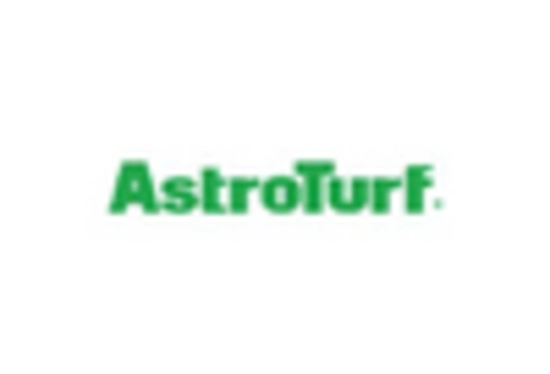
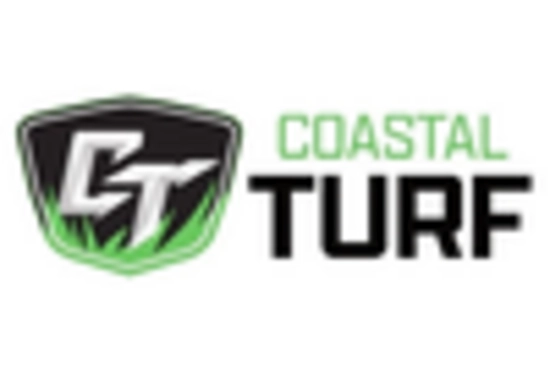
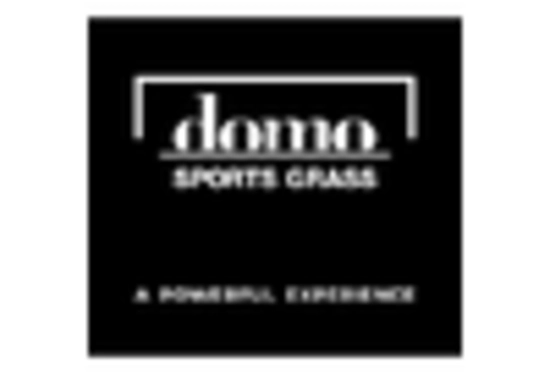
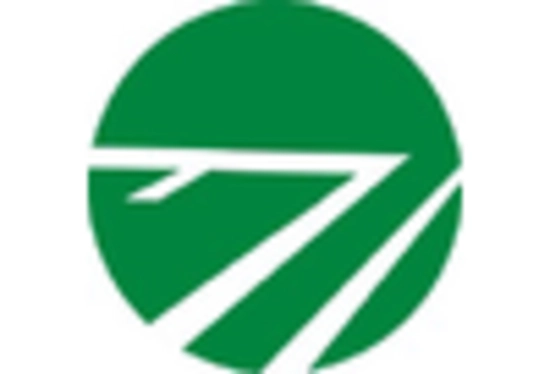
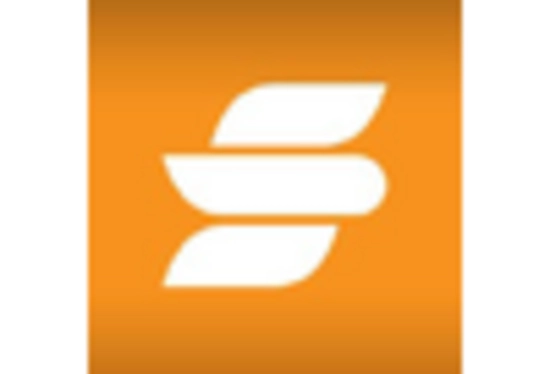
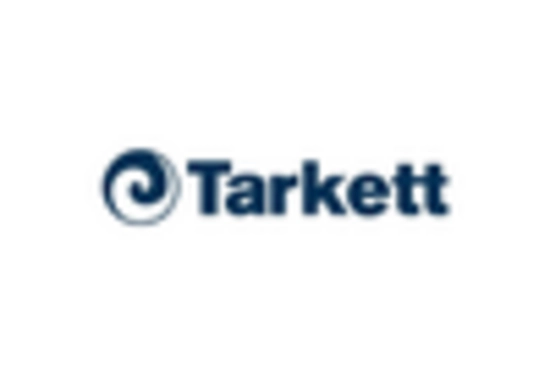








Leave a Comment